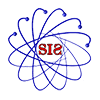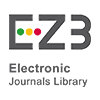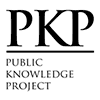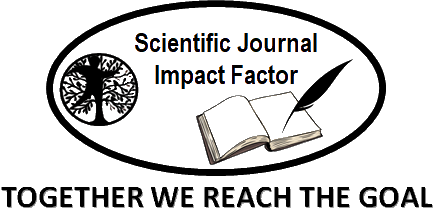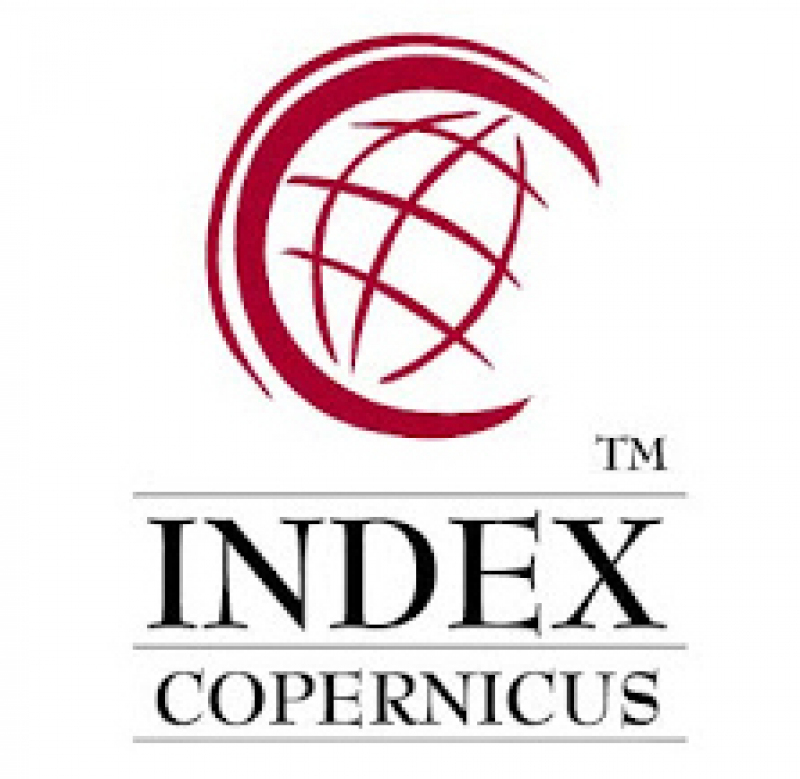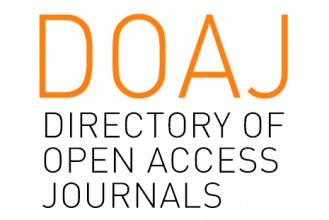The Unification of Memory and Phantasmagoria in the Philosophical Poems of W. B. Yeats’s the Wild Swans at Coole
Abstract
This paper studies the unification of phantasmagoria and memory in the philosophical poems included in The Wild Swans at Coole. The multiple facets of Yeats’s phantasmagoria can be traced in various forms in different poems due to its being extensive. Its vivid presence can well be noticed in the elegies, personal love lyrics, and philosophical poems of The Wild Swans at Coole. Yeats speaks of the significant role of phantasmagoria in the preface to this collection of poems, for the poet, according to him, never speaks directly and there is always a phantasmagoria involved. The term phantasmagoria can be regarded as a key concept in Yeats’s The Wild Swans at Coole the theme of questing truth and discarding persona after persona finds expression in the selected philosophical poems of this study. Consequently, a deep interpretation of the philosophical poems of this collection necessitates a close study of the images and symbols embedded in the involved phantasmagoria.
Keywords
Full Text:
PDFReferences
Cirlot, J. (1962). Dictionary of Symbols. Trans. Jack Sage. New York: Routledge & Kegan Ltd.
Coleman, Brien D. "Phantasmagoric Image". Phantimage.net. 2001.8 August 2006 .
De Man, Paul (1984). The Rhetoric of Romanticism. New York: Columbia University Press.
Ellman, Richard (1954). The Identity of Yeats. London: Faber and Faber.
------- (1961). Yeats: The Man and the Masks. London: Faber and Faber.
Fallis, Richard (1976). “‘I Seek an Image’: The Method of Yeats’s Criticism”. Modern Language Quaterly 37.1: 68-81.
Frazer, James George (1922). The Golden Bough: A Study in Magic and Religion. New York: Collier.
Kallaus, Agnieszka (2000). “Dance as Reconcilliation of Opposites: a Poetic Illustration of Yeats’s System of Beliefs”. Zeszyt 38: 71-80.
Kermode, Frank (1970). Romantic Image. London: Routledge & Kegan Paul.
Martin, G. (1966). The Wild swans at Coole”. An Honoured Guest: New Essays on (W. Yeats. Ed. Denise Donoghue & J. R. Maryne. London, Eds.).
Moore, H. T. (1964). Twentieth Century French Literature. Carabondale: Southern Illinoise University Press.
Ramazani, J. (1993). ‘A Little Space: The Psychic Economy of Yeats’s Love Poems”. Criticism, 35, 67–89.
------- (1990). Yeats and the Poetry of Death: Elegy, Self-elegy, and the Sublime. (1990). Michigan: BookCrafters.
Schuchard, Ronald (1993). “Hawk and Butterfly: The Double Vision of the Wild Swans at Coole”. Yeats Annual. 10: 111-34.
Smith, C. (1930). In Defense of Magic: The Meaning and the Use of Symbol and Rite. New York: LinVeagh the Dial Press.
Stead, C. K., & Yeats, E. (1986). Eliot and the Modenist Movement.
Tindall, W. (1961). The Permanence of Yeats: Selected Criticism. New York: Collier Books.
Unterecker, J. (1967). A Reader’s Guide to W. B. Yeats. In Russel & Russel. New York.
Vogel, Joseph F. “Yeats’s Nine-and-Fifty Swans”. ELN 5 (1968): 297-300.
Weitzel, William (2000). “Memory, Stillness and the temporal Imagination in Yeats’s 'The Wild Swans at Coole'”. Yeats Eliot Review 16.4: 20-30.
Yeats, W. B. (1899). A Vision. London: Oxford University Press.
-------. (1994). The Works of W.B.Yeats. Hertfordshire: Wordsworth Editions Ltd. (Original work published in 1912).
DOI: http://dx.doi.org/10.18415/ijmmu.v12i5.6764
Refbacks
- There are currently no refbacks.
Copyright (c) 2025 International Journal of Multicultural and Multireligious Understanding

This work is licensed under a Creative Commons Attribution-NonCommercial-NoDerivatives 4.0 International License.
https://ijmmu.com
editor@ijmmu.com
facebook.com/ijmmu
Copyright © 2014-2018 IJMMU. All rights reserved.










